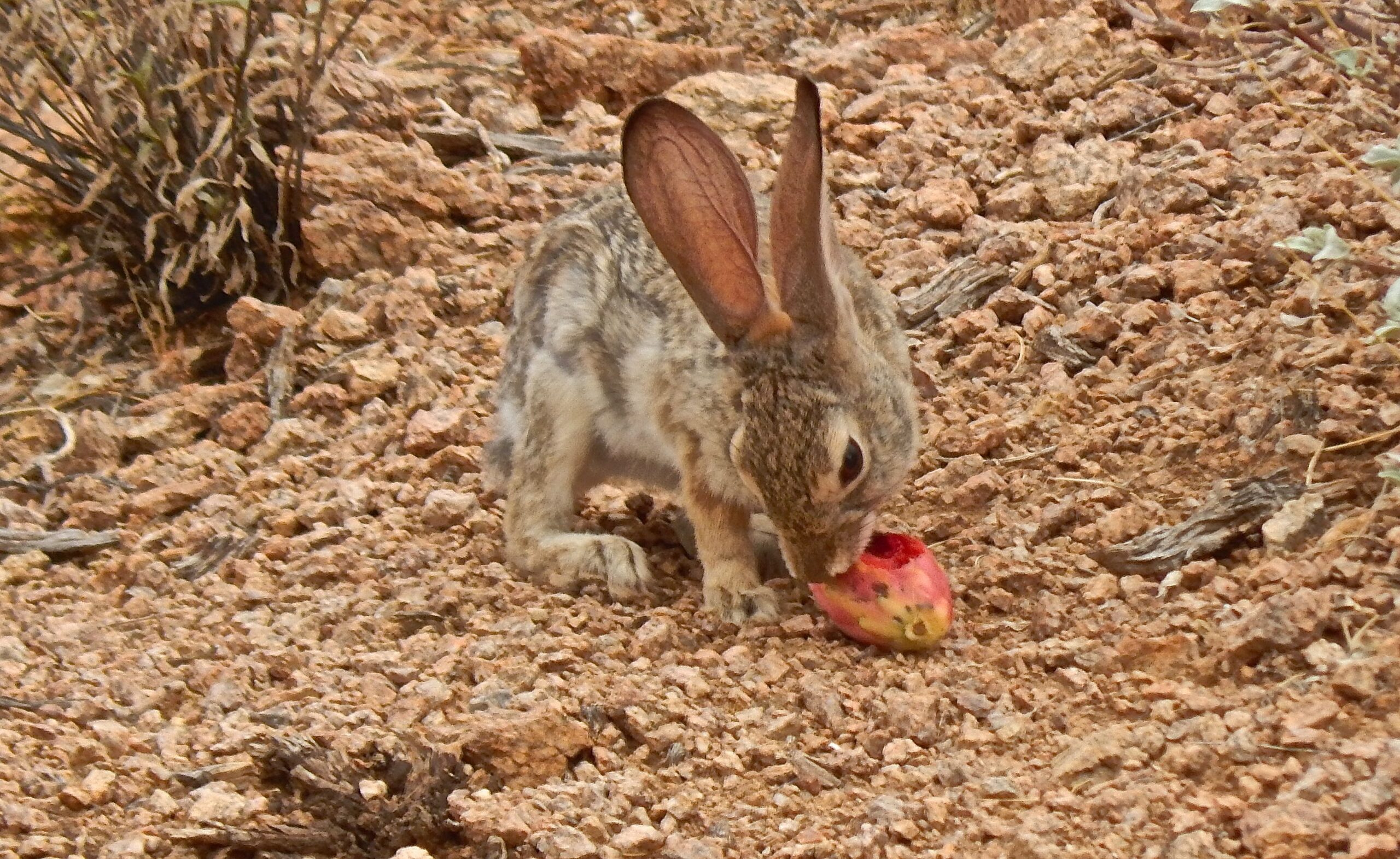Prickly Pear, a succulent gem of the Cactaceae family, is not just a feast for the eyes but also a delightful source of nutrition and flavor. Indigenous to the Americas, this vibrant fruit captures attention with its striking colors—from deep crimson to bright golden hues—all while offering a unique gastronomic experience. While it is visually stunning, it can pose certain challenges to the unwary consumer. This guide endeavors to demystify the process of eating Prickly Pear cactus fruit so you can enjoy its succulent sweetness without the prickles.
Before diving into the culinary possibilities, it’s essential to appreciate the fruit’s intriguing aspects. Known scientifically as Opuntia, the Prickly Pear is characterized by its flat pads, called cladodes, and its vibrant, edible fruits, or tunas. With a taste profile that combines notes of watermelon and bubblegum, this fruit can tantalize the palate in ways that are both familiar and exotic.
Now that you are tantalized, let’s explore the meticulous process of consuming this wondrous fruit in detail.
Preparation: Selecting the Perfect Prickly Pear
The first step in your Prickly Pear journey is to select the ideal specimens. Look for fruits that are firm and free from blemishes or excessive bruising. Your choice should feature a vibrant coloration, indicative of peak ripeness. The presence of small spines, or glochids, which are fine, hair-like barbs, offers a warning that one must heed. Select those that have a slight sheen, a sign that they are succulent and ready to be savored.
Upon selecting your Prickly Pear, it is prudent to handle them with care. Using thick gloves or tongs can protect your hands from those minuscule glochids that may cling stubbornly to the skin. A ripe Prickly Pear should yield slightly to pressure, hinting at the juicy flesh contained within.
The Ritual of Cleaning: A Prickly Pear Transformation
Once you have procured your fruits, the next phase is washing away any dirt and ensuring you remove those troublesome glochids. Rinse each Prickly Pear under cool running water. After this initial rinse, take a vegetable brush to gently scrub the exterior. This step is crucial; while you want to retain the integrity of the fruit, leaving any glochids can taint your experience with unpleasant pricks.
After cleaning, it’s time to tackle the outer skin without creating a mess of hesitation. Carefully cut both ends of the Prickly Pear with a sharp knife; this will create a stable base while you peel. Position the fruit upright and make a shallow incision through the skin, following the natural curvature of the fruit. Once the skin is sufficiently scored, use your fingers or the knife to gently peel it away. Alternatively, you can slice the fruit in half to scoop out the flesh. Revel in the hues of the vibrant flesh as you prepare to taste!
The Sensory Experience: Tasting the Prickly Pear Flesh
Now that your Prickly Pear is beautifully prepared, you are primed for the most exciting part—the tasting. The flesh should be juicy and succulent, offering a texture akin to that of a ripe kiwi or a very tender watermelon. Scoop the fruit out using your spoon, and you’ll encounter small, edible seeds nestled within. Fear not—the seeds add a delightful crunch but should be consumed in moderation if you’re not accustomed to their texture.
As you take your first bite, be prepared for the lively burst of sweet and mildly tart flavors unfolding in your mouth. The sweetness can vary significantly from fruit to fruit; some are shockingly sweet, while others offer a tangy bite. Pair it with a hint of lime or sprinkle it with salt to enhance the flavor profile further. For the adventurous, consider incorporating it into salads, salsas, or even smoothies, transforming into vibrant culinary masterpieces.
From the Orchard to the Table: Creative Culinary Uses
Having dispensed with the basics of eating Prickly Pear, let us now delve into its culinary potential. Beyond raw consumption, this magnificent fruit can make its way into various dishes.
Prickly Pear juice is a popular choice—its vibrant hue makes it a standout in cocktails or mocktails. The juice can be reduced to create syrups, excellent for cocktails, desserts, or drizzling over pancakes. The jelly-like consistency when cooked provides a sweet contrast to savory dishes, like pork or poultry, enhancing their flavor.
Want to get playful? Incorporate diced Prickly Pear into a fresh salsa with tomatoes, onions, cilantro, and a squeeze of lime. This offers an exhilarating twist to classic salsa, taking your taco night to new heights. Moreover, the fruit pairs beautifully with complementary flavors, such as citrus, fresh herbs, and even chili pepper, lending itself to savory and sweet applications alike.
Health Benefits: The Nutritional Bounty of Prickly Pear
On top of being deliciously appetizing, Prickly Pear offers remarkable health benefits. It’s rich in antioxidants, vitamins C and E, and dietary fiber, promoting heart health and aiding digestion. The fruit’s properties are reputed to help regulate blood sugar levels, making it a favored choice for those mindful of their glycemic index.
In conclusion, Prickly Pear cactus fruit is more than merely a whimsical addition to your diet; it is an engaging and delightful experience fostering culinary creativity. From its selection to its consumption, every stage reveals the beauty and intrigue that this fruit holds—one that is laden with color, flavor, and numerous health advantages. Embracing the Prickly Pear in your kitchen not only tantalizes the taste buds but also inspires a connection to the natural world’s bounty. So the next time you encounter this impressive fruit, don’t hesitate to indulge—you are, after all, participating in a long-standing tradition of harvesting nature’s sweet treasures.





Leave a Comment